What Is “Intrinsic Value”?
23 March 2021
Hey, The Investor’s Podcast Network Community!
In today’s world, with investing headlines dominated by Tesla, GameStop, Dogecoin, bitcoin, SPACs, and countless others, the strategy of value investing has nearly been left for dead. Not only the strategy of value investing, but many investors don’t seem to be giving any thought to the true value, or the intrinsic value, of the underlying asset in which they are purchasing.
“The stock market is filled with individuals who know the price of everything, but the value of nothing.” —Phil Fisher
Some say history doesn’t repeat, but it rhymes. If in fact history does rhyme, or is any indication as to how this is going to turn out, it won’t be great. Other situations in recent history where investors appeared to be investing based on “hope” rather than valuations and underlying fundamentals, such as the Dot Com Crash or The Great Recession, ended badly for many of those investors.
As followers of The Investor’s Podcast, our goal is to help you avoid being one of those investors who falls victim to this situation. Through our various resources, we try to help you keep your emotions in check and remind you to always think of the basics and fundamentals of investing.
With that in mind, let’s spend some time looking at what “intrinsic value” is. For some this may be new material, for others it is a timely reminder.
Typically, the value of a stock is known as its intrinsic value. There are varying definitions of intrinsic value, and countless ways to calculate it, but to put it simply, the intrinsic value is what a given asset or security is worth. The price of a stock is the cost you must pay to acquire such an asset, whereas the intrinsic value is what that asset is actually worth. Just because you pay $10 for a share of stock, does not mean that stock is worth $10 — it could be more, it could be less.
In a recent article I wrote, called What Is Intrinsic Value? Definition, Formula, Calculator, I gave an example that I’d like to share here.
When new investors begin investing in the stock market, they’re almost always focused on the price, not the value. The price of a stock, by itself, is irrelevant. It must be considered in relation to the underlying company’s value to have any context.
When I’m speaking with new investors, I love to use these two companies as examples: Berkshire Hathaway and Snap, Inc. I pull up a chart of both company’s stocks and ask new investors, which company is cheaper?
Every single new investor that I have asked that question has said Snap is “cheaper”.
Their answer was driven by a price-bias. They can clearly see that one stock costs nearly $400,000 to purchase, while the other is under $60. If they were asked which stock costs less, you could argue their answer is correct. It does cost less to purchase a share of Snap than it does Berkshire’s A shares.
However, I would argue that Snap isn’t necessarily cheaper. When we talk about “cheapness”, we’re generally talking about the price in relation to the value. The value is what matters, not the price.
Price is irrelevant without consideration of the underlying value because of the way ownership in a company can be split.
Let’s think of an entire company as a pie, with each piece of the pie equaling a share of stock.
You can cut up your favorite apple pie into 5, 8, or 20 pieces, or really any number of pieces you want. However, no matter how many pieces you cut that pie into, you’re left with the same amount of pie. It’s the same with a company. The company can be split into as many “pieces”, think stock, as it’d like, but the value of the company doesn’t change.
Take a company worth $100. If you split it into 50 shares, each stock is worth $2 per share. However, if you split it into 5 shares, each stock is worth $20. In the second scenario, the stock costs $20 to buy, whereas it only costs $2 in the first scenario, but the value of the company is the same — only the price of the stock as changed.
As you go about investing in today’s market conditions, I challenge you to give a bit more consideration to valuations when you’re making investment decisions, and focus less on what the loudest people are yelling.
The article I mentioned previously does a deep dive into how to actually calculate the intrinsic value. Our TIP Finance tool has an Intrinsic Value Calculator that makes it simple and fast to arrive at a company’s intrinsic value — I use this calculator for all of my investment analysis.

– – –
Sponsored by Yieldstreet:
Find opportunities to help diversify your portfolio with investments in alternative asset classes with minimums starting at $1,000.
These investments in asset classes like art, real estate, supply chain financing, and legal finance typically have low correlation with the stock market, and target annual yields up to 7% to 12%. Yieldstreet offers fund solutions allowing you to invest in multiple asset classes with just one investment.



